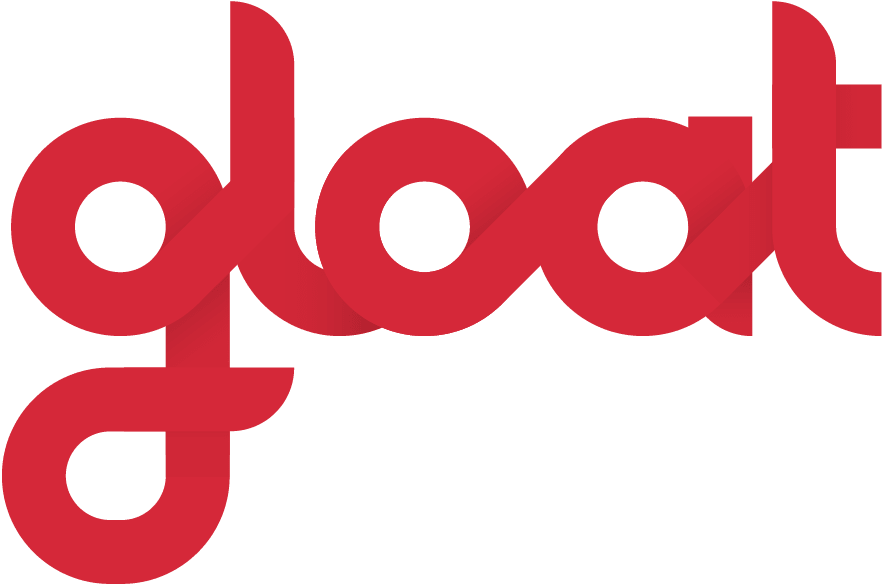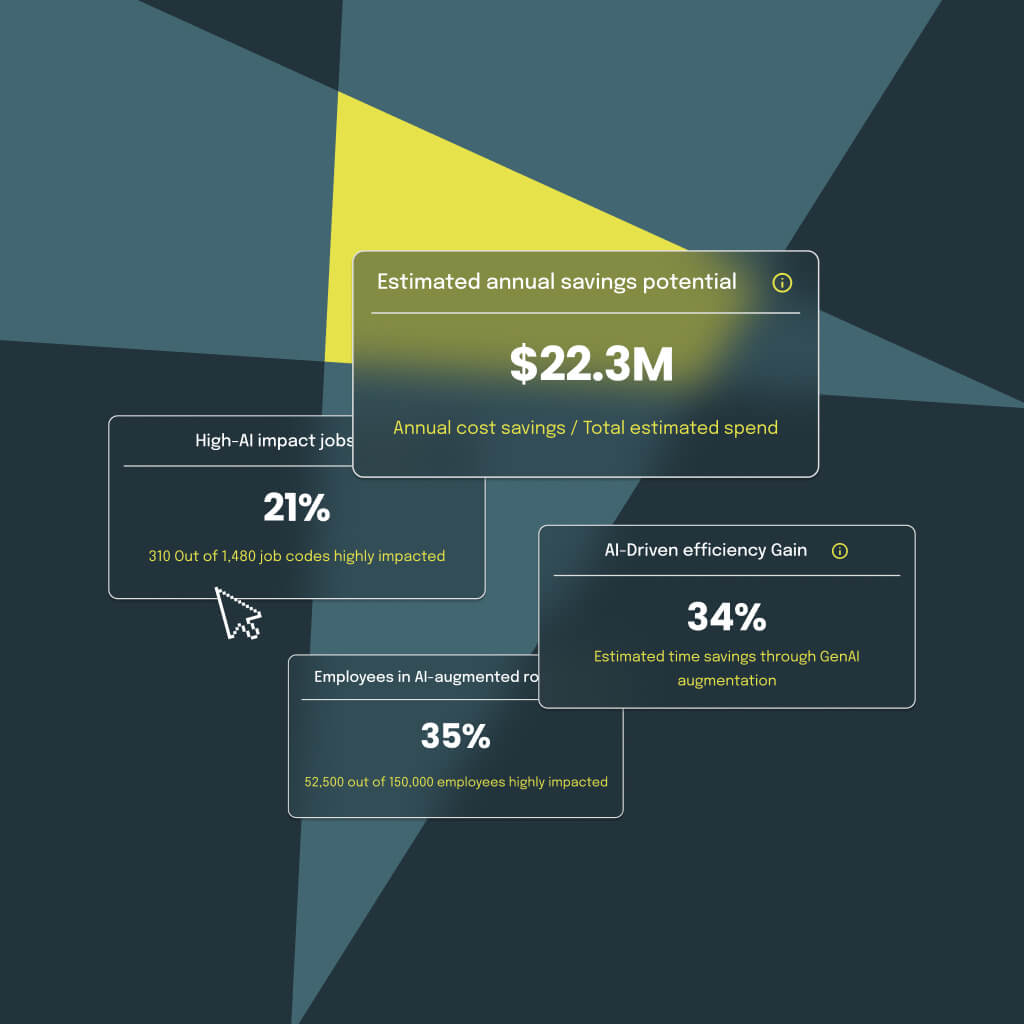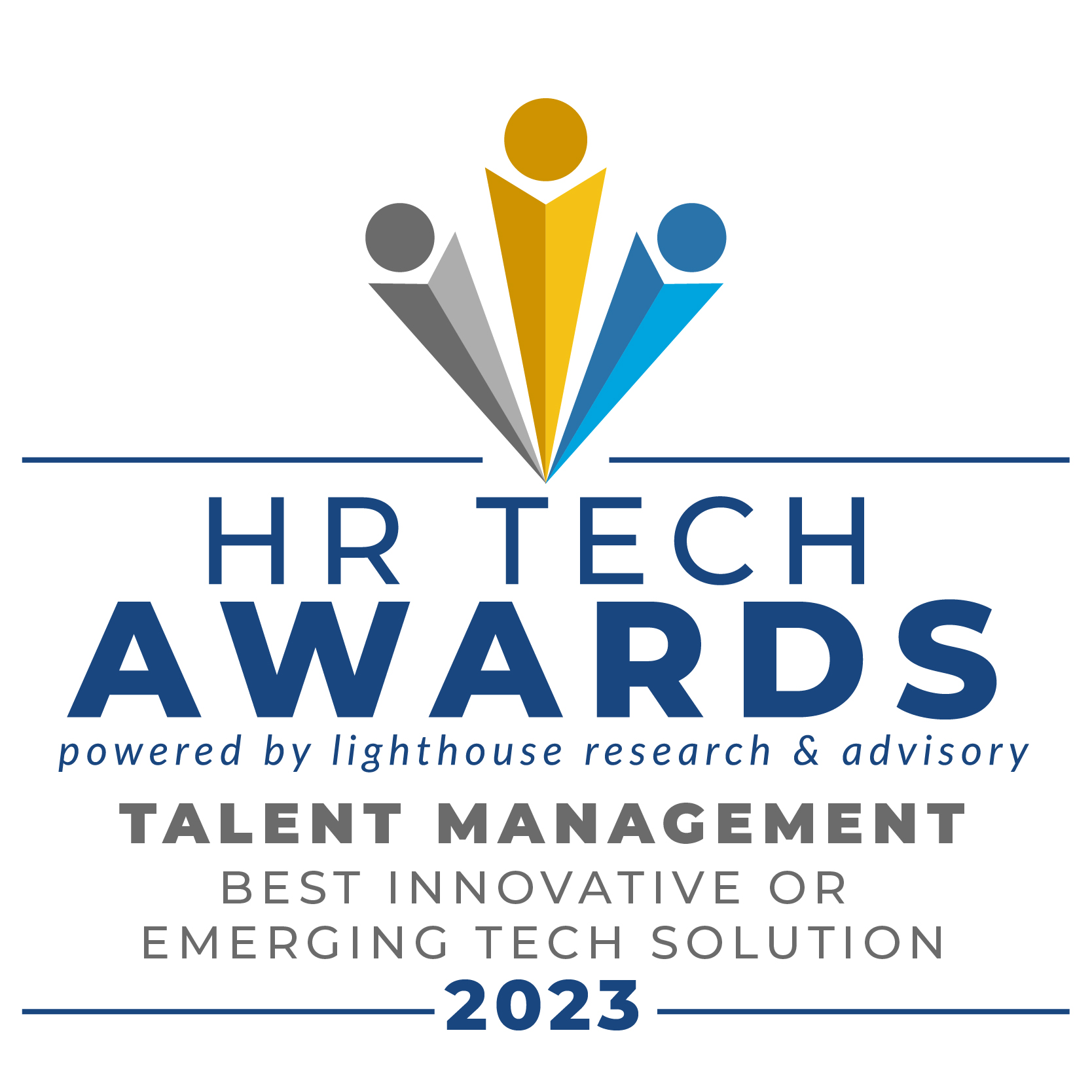Bridging the AI productivity gap: from investment to impact
Find out how to reimagine the way your organization works to level up productivity

AI investments are off the charts. Spending on these systems surged from $2.3B in 2023 to $13.8B in 2024, and there’s no sign of a slowdown in 2025.
But while AI-related expenses continue to skyrocket, returns on these investments leave much to be desired. In fact, less than one in four executives are realizing significant business impact – and the AI productivity gap is largely to blame.
The discrepancy between how much leaders are spending on AI and the value they’re reaping from it stems from underinvesting in the essential foundations needed to translate investments into impact. Only businesses with data-backed work models, real-time employee guidance, and scalable growth pathways will be able to turn AI’s seemingly limitless potential into profitability.
Building the foundation for AI readiness
True AI readiness goes beyond just buying new tech. It’s built on three essential pillars: a data-backed work model, real-time employee guidance, and scalable growth pathways.
Organizations must map their existing workflows to target high-impact AI investments efficiently. Employees need practical, contextual support to effectively use AI in their daily tasks. Meanwhile, structured opportunities for developing AI competencies must be established to advance careers. Without these foundations, the AI productivity gap will widen, wasting resources and undermining transformation efforts.
What it means to bridge the AI productivity gap
Bridging the AI productivity gap means transforming expensive AI investments into measurable business outcomes by addressing the fundamental disconnect between technology spending and actual value creation. It requires moving beyond surface-level AI adoption to build the strategic foundations that enable organizations to extract real productivity gains from their AI systems.
Successfully closing this gap involves creating structured pathways that connect AI capabilities directly to improved work processes, employee performance, and business results. Organizations that bridge the gap don’t just implement AI tools; they redesign their operations around data-driven insights, establish clear success metrics, and develop their workforce to collaborate effectively with AI systems.
5 steps to close the AI productivity gap
If you’re looking to turn your AI investments into tangible impacts, prioritize the following action items to ensure your organization is becoming AI-ready:
#1. Create a task-level view of work
To understand AI’s potential impact and prioritize AI investments with the highest ROI, organizations must first model the work tasks that power their operations. This involves leveraging AI to identify the tasks performed across roles within the organization, creating a comprehensive, data-driven map of the work tasks currently driving the business.
This detailed work model is crucial because it provides critical visibility into which tasks have high automation potential and, conversely, which tasks inherently require human skill. With this fundamental understanding, businesses can strategically prioritize AI initiatives with the most significant returns and prepare their workforce for intentional transformation, rather than making AI investments blindly.
#2. Prioritize high-yield workflows
Focus your AI investments strategically on workflows that promise the greatest potential impact rather than diluting resources across too many initiatives. By identifying and prioritizing high-yield work streams, organizations can maximize ROI and accelerate their AI transformation journey while avoiding the common pitfall of spreading resources too thinly.
#3. Establish success metrics
Define clear, measurable indicators of work efficiency to accurately gauge AI’s true impact on productivity across your organization. By establishing concrete success metrics, companies can move beyond vague promises of transformation to demonstrate tangible ROI from their AI investments, enabling data-driven decisions about future technology adoption.
#4. Forge impactful human-AI collaborations
Successful AI implementation isn’t about replacing humans but creating effective partnerships between people and technology. Organizations must develop frameworks that clarify how employees and AI systems can best complement each other’s capabilities.
#5. Develop targeted upskilling strategies
As AI transforms work processes, employees need opportunities to develop new competencies. Rather than generic “AI awareness” training, organizations should create precision-targeted programs that drive true AI mastery through hands-on experiences embedded into the flow of works.
The cost of not bridging the gap
Organizations that fail to bridge the AI productivity gap don’t just miss opportunities; they actively harm their competitive position and waste valuable resources.
#1. Wasted investments and sunk costs
Without proper foundations, AI investments become expensive experiments that deliver minimal returns. Companies end up with sophisticated tools that sit unused, turning strategic advantages into costly budget line items.
#2. Productivity stagnation despite innovation
Teams struggle to integrate AI tools into existing workflows, creating the paradox of having cutting-edge technology while maintaining old output levels. Organizations invest heavily in innovation but see no corresponding improvement in actual work efficiency.
#3. Talent burnout and tool fatigue
Employees become overwhelmed by new AI tools without adequate training or clear implementation strategies. This leads to resistance, decreased job satisfaction, and higher turnover as workers feel unprepared for technological demands.
#4. Competitive disadvantage in an AI-driven market
While competitors successfully leverage AI for genuine productivity gains, organizations stuck in the gap fall behind in efficiency and market responsiveness. This creates a widening performance disparity that becomes increasingly difficult to overcome.
Common mistakes that widen the gap
If you’re looking to put a stop to AI productivity gaps, make sure to avoid the following:
#1. Over-investing without a strategy
Organizations pour money into AI solutions without understanding which processes need improvement or how AI will address specific challenges. This leads to redundant tools and conflicting systems that work against each other.
#2. Neglecting data quality
Companies rush to implement AI without ensuring their underlying data is clean and accessible. Poor data quality guarantees that even advanced AI tools will produce unreliable results and fail to deliver promised improvements.
#3. Underestimating human factors
Leaders focus on technical aspects while ignoring change management and employee concerns about job security. This creates resistance and poor adoption rates that prevent AI systems from achieving their potential.
#4. Rushing implementation
Organizations deploy AI solutions too quickly without proper planning or testing. This leads to system failures, user frustration, and costly do-overs that could have been avoided with thoughtful implementation.
#5. Ignoring maintenance and updates
Companies treat AI as a one-time project rather than an ongoing process requiring continuous optimization. Without proper maintenance, AI systems quickly become outdated and create more problems than they solve.
Accelerate your AI transformation with Gloat Signal
Recognizing the challenges organizations face in bridging the AI productivity gap, our newest innovation is designed to quantify AI’s potential impact, calculate return on investment, and identify high-priority opportunities before competitors can capitalize on them.
Gloat Signal helps organizations:
- Quantify automation potential: Get concrete data on which tasks and processes are most suitable for AI enhancement and automation
- Calculate precise ROI: Rather than vague promises of efficiency, the Gen AI Index delivers specific financial projections for AI investments
- Identify strategic priorities: The Index identifies the highest-impact opportunities, allowing organizations to focus resources where they’ll generate the greatest returns
Want to say goodbye to AI productivity gaps once and for all? Test drive Gloat Signal for yourself to see how you can turn your workforce into an AI-ready organization.





